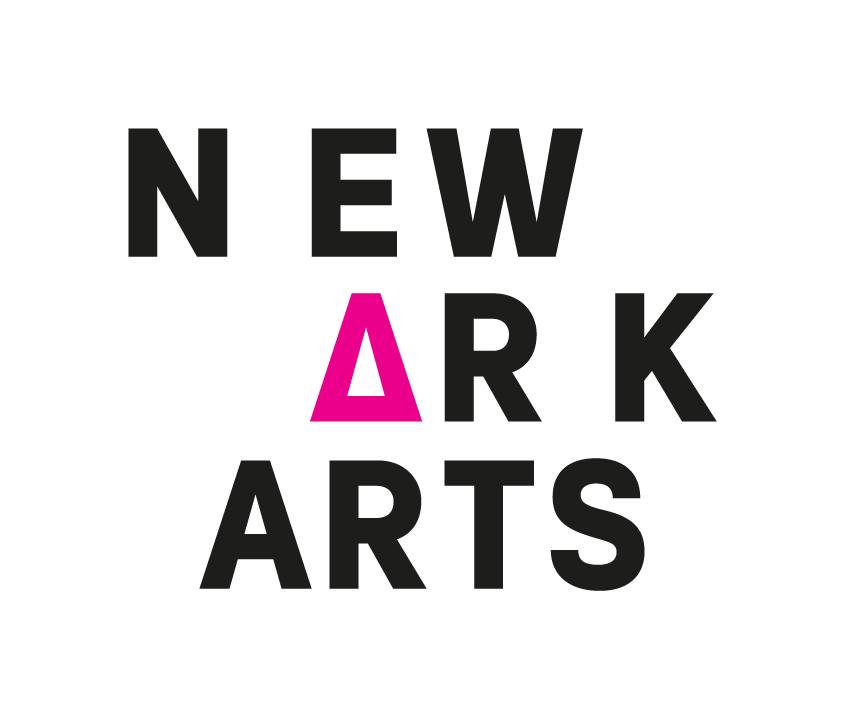SHINE PORTRAIT STUDIO
SHINE VISIONARY NICK KLINE SPEAKS ON PORTRAITURE AS A CONDUIT TO COMMUNITY
A portrait from a series produced during the opening of Deborah Willis: In Pursuit of Beauty: Imaging Closets in Newark and Beyond. Shine open the studio to attendees, celebrating Willis’ work and audience | Photo Credit: Shine Portrait Studio
CAN YOU REFLECT ON THE SIGNIFICANCE OF JAMES VAN DER ZEE’S LEGACY ON WHAT SHINE DOES NOW, AND HIS IMPACT ON NEWARK?
For those who are unaware, James VanDerZee had his first professional photography job in 1911 in the Hahne & Co., department store, where the Shine is now based. During the approximately year-long time VanDerZee worked and lived Newark, it’s reported that he was popular with customers. After this time, he moved to Harlem where he lived and worked more famously for nearly the rest of his professional career. When comparing VanDerZee’s images to other historically significant photographers who documented life in Harlem — for example, someone like Aaron Siskind — they have very different perspectives. While Siskind’s vision was socially concerned he had a removed gaze, whereas the intimate perspective of VanDerZee is the legacy that has shaped Shine as a project.
SHINE IS A COMMUNITY CENTERED PHOTO STUDIO, AND THAT MEANS SO MUCH MORE THAN PROVIDING FREE AND ACCESSIBLE SPACE TO COMMUNITY MEMBERS. BESIDES ACCESS TO FACILITIES, WHAT IS THE LARGER GOAL IN COMMUNITY SHAPING THROUGH PHOTOGRAPHY?
As an artist working on Shine in a socially-engaged context, I’m interested in nurturing projects that capture the imagination in contemporary art world conversations, but also in serving a practical social need to the communities in which I’m based professionally. So, as a project Shine is nimble, performative and site-responsive, guiding projects like Deborah Willis’ Newark’s Closets…, but it also occupies real estate and has great technical resources of staff and equipment to support others ideas. Shine is both a metaphorical and physical space, to experience art and to make it.
HOW DO YOU SEE PHOTOGRAPHY, SPECIFICALLY PORTRAITURE, AS A CONDUIT TO POSITIVE COMMUNITY IMPACT?
How can individuals be equal citizens of the world if they’re treated as less than? The current cover of Vogue magazine depicting Beyoncé was photographed by Tyler Mitchell, the first African American to create a cover image in the publication’s 125-year history. A former student of Shine artist-in-residence Deborah Willis, Tyler talks about the importance of inspiring and providing opportunities for younger, emerging “concerned” photographers. Going back to my answer to your first question, it matters profoundly for shaping communities who is holding the camera, framing the story, who is seeing, and how their subjects are being seen.
NEXT YEAR, THE CONCEPT OF SHINE WILL BE FIVE YEARS OLD! WHAT DO YOU FORESEE IN SHINE’S FUTURE FIVE YEARS DOWN THE LINE?
Actually, I came up with the concept in 2007, intending it for a different location, but the proposal sat dusty until Chancellor Nancy Cantor arrived. It was opened in 2017 with Express Newark. What still gives me goosebumps is that my first proposal featured a portrait by VanDerZee, way before knowing about his history with Newark. As long as I can keep focused on working with other artists and curators to imagine and realize new projects, while balancing the practical needs that the studio provides for the community and my students, then I foresee the project continuing.
WHAT HAS BEEN THE MOST POPULAR PUBLIC PROGRAM OR PUBLIC RESOURCE SO FAR?
I think the most popular public resource has been free access to the studio, equipment and technical support for Newark-based and/or artists working on projects invested in the community. Certainly Deborah Willis’ and Kalia Brooks-Nelson’s project and opening reception, that was timed with Carrie Mae Weems L+M lecture at Express Newark, brought Shine to life, in another, special way. I think something more powerful, genuine and felt was an undercurrent that night.
WHAT HAS BEEN THE GREATEST CHALLENGE IN RUNNING SUCH A PUBLIC FACING/PUBLIC ORIENTED SPACE?
I think people may get frustrated trying to reserve the studio because it’s so frequently booked-up, but Shine is not only the space and equipment, it is a contemporary art project, with overlapping components that prevent it from being exclusive to one type of activity.

